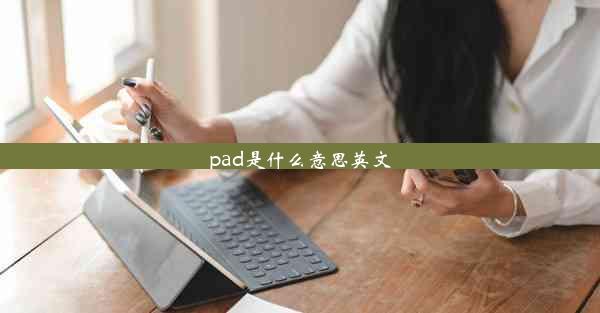
Introduction to the Concept of a Pad
A pad in the context of technology refers to a portable electronic device that combines the functionality of a tablet and a notebook. It is designed to be lightweight, compact, and versatile, allowing users to perform a variety of tasks such as reading, writing, note-taking, and even creating digital art. The term pad is often used interchangeably with tablet, but it specifically denotes a device that is designed to be more durable and functional for everyday use.
History of the Pad
The concept of a pad-like device has been around for several decades. One of the earliest examples is the Apple Newton, released in 1993, which was a handheld device that could be used for note-taking and scheduling. However, it was not until the late 2000s that the modern pad, as we know it today, was introduced to the market. The Apple iPad, launched in 2010, revolutionized the industry and set the standard for what a pad should be.
Design and Features
Pads are typically designed with a sleek and minimalist aesthetic. They feature a flat, rectangular screen that is touch-sensitive, allowing users to interact with the device through gestures and taps. The screen size can vary, but most pads fall between 7 and 12 inches. In addition to the screen, pads usually have a physical keyboard or a virtual keyboard that can be accessed through the device's software. Some models also include a stylus for precise input and drawing.
Operating Systems
Pads run on various operating systems, with the most popular being iOS for Apple devices, Android for devices from manufacturers like Samsung and Google, and Windows for Microsoft's Surface line. Each operating system offers a unique set of features and applications, catering to different user preferences and needs. iOS is known for its smooth user interface and seamless integration with other Apple products, while Android offers a high degree of customization and a wide range of apps.
Applications and Use Cases
Pads are incredibly versatile devices that can be used for a multitude of purposes. Here are some common applications:
1. Education: Students can use pads for note-taking, reading textbooks, and accessing educational apps.
2. Business: Professionals can use pads for presentations, email management, and accessing business documents on the go.
3. Entertainment: Users can stream movies, play games, and read e-books on their pads.
4. Creativity: Artists and designers can use pads for digital art, graphic design, and music production.
5. Communication: Pads are excellent for staying connected through social media, messaging apps, and video calls.
6. Productivity: With the right apps, pads can be powerful tools for managing tasks, setting reminders, and organizing schedules.
Challenges and Limitations
Despite their many advantages, pads also have some limitations. For instance, the smaller screen size can be a drawback for certain tasks that require a larger display. Additionally, the battery life of a pad can vary, and some users may find that they need to charge their device more frequently than they would with a laptop. Moreover, the lack of a physical keyboard can be a challenge for those who prefer typing on a traditional keyboard.
Future of Pads
The future of pads looks promising, with ongoing advancements in technology expected to enhance their capabilities. Some potential developments include:
1. Improved Battery Life: Future pads may have longer-lasting batteries, reducing the need for frequent charging.
2. Enhanced Performance: More powerful processors and improved graphics capabilities could make pads even more suitable for demanding tasks.
3. Augmented Reality (AR) and Virtual Reality (VR): Pads could become more integrated with AR and VR technologies, offering new ways to interact with digital content.
4. Ecosystem Expansion: As more developers create apps specifically for pads, the ecosystem will continue to grow, making these devices even more versatile.
In conclusion, a pad is a versatile and portable electronic device that has become an essential tool for many users. Its combination of functionality, portability, and ease of use makes it a popular choice for a wide range of applications. As technology continues to evolve, the pad is likely to become an even more integral part of our daily lives.

